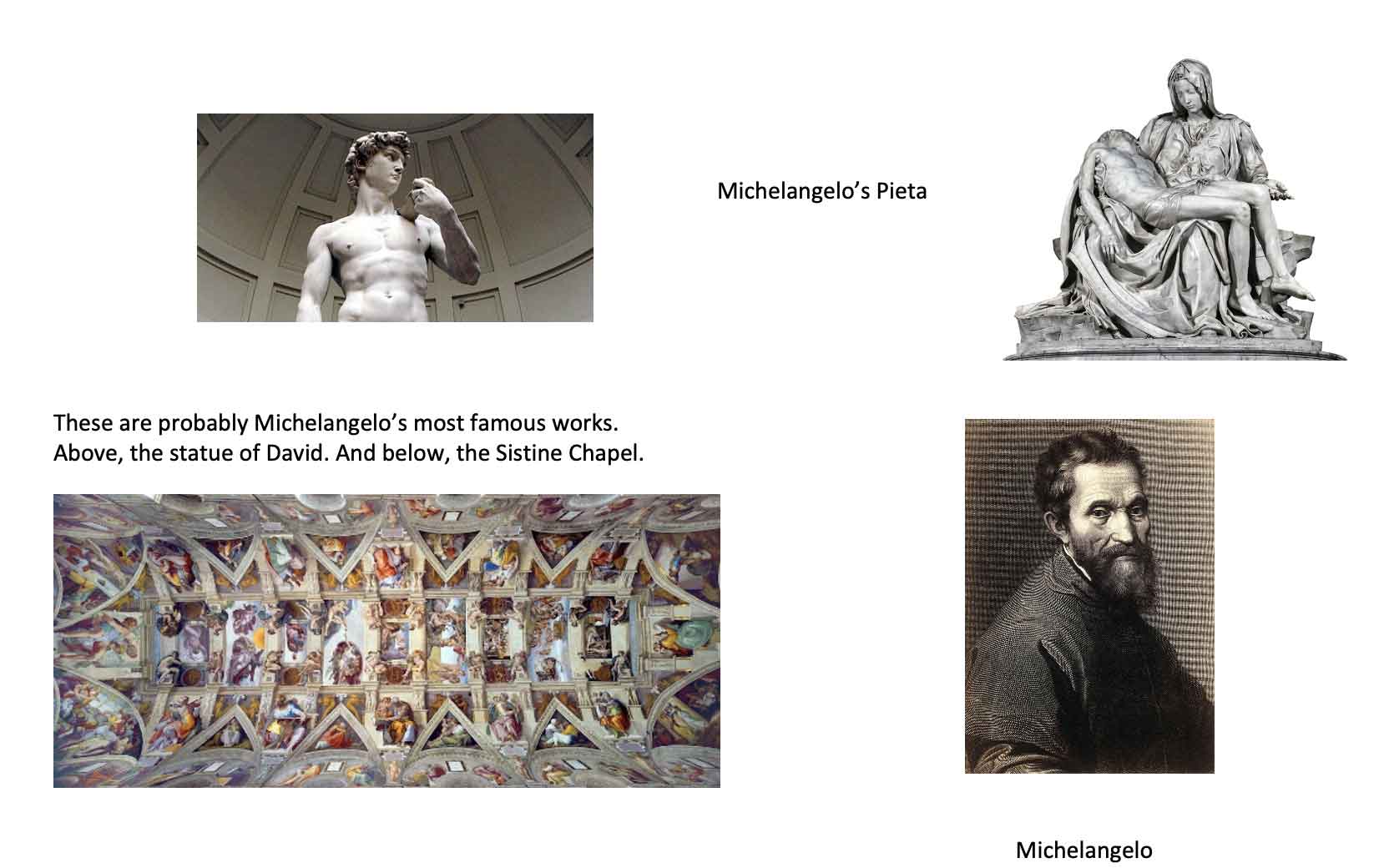God is our refuge and strength, an ever-present help in trouble.
Psalm 46:1 (Life Application Study Bible)
Jesus Tells Us…I am always with you. Even now, I am here with you. That soft whisper in your mind? That’s from Me. That gentle tap on your heart? That’s from Me too. I have all the Power in heaven and on earth. With My Might, I can control the very wind and the waves, but with you I am quiet and tender. And the more you are hurting, the more tender I am. When others leave you feeling worthless and alone, hope in Me. My hope is not just a wish for things to be better, it is My promise to you that I will always help you. I will carry your troubles for you and lighten you heart.
Jesus Concludes…I am your ever-present Help, so you are never alone.
Psalm 46:1; Romans 12:12; Romans 15:13; Study Notes
Footnotes Psalm 46:1-3 The fear of mountains or cities suddenly crumbling into the sea as the result of an earthquake or a nuclear blast, haunts many people today. But the psalm writer says that even if the world were to end, we need not fear. In the face of utter destruction, the writer expressed a quiet confidence in God’s ability to save us. It seems impossible to consider the end of the world without becoming consumed by fear, but the Bible is clear, God is our refuge, even in the face of total destruction. He is not merely a temporary retreat he is our eternal place of safety and can provide strength in any circumstance.
Passage Romans 12:12 Be joyful in hope, patient in affliction, faithful in prayer.
Footnotes Romans 12:12 Paul continues to describe our lives in Christ in a series of related short commands. The three commands in this verse are key to the emotional and spiritual well-being of every Christian. The first command to Christians, is to rejoice in hope. Often, we resist instruction about what we should feel: that we should change our attitudes to be joyful. The idea here, though, is more about declaring ourselves as having reason for joy. It’s not a command to be happy, but to have the right perspective on our situation. We should agree with God that our hope is worth rejoicing over. What hope? Paul is referring to the hope of the redemption of our bodies and being united with our Father forever once our adoption is complete (Romans 8:23-24). The next command is to be patient in tribulation or affliction. This becomes much easier if we are keeping the other two commands. Those who see their future worth celebrating and who pray to the Father continually will have a much easier time being patient during hardship. Paul is not downplaying the genuine pain of those experiences. Life can be unpleasant, and not all moments are happy moments. Yet Paul has pointed out that the struggles of life on earth are not worth comparing with the glory to come (Romans 8:18). So, we wait with patience (Romans 8:25). The final command of the verse also connects with Paul’s thoughts in Romans chapter 8. We’re commanded to be constant in prayer, or to keep praying continually. During any time of suffering, while waiting for what we’re hoping in, we should pray. Prayer brings a connection with our Father through the Holy Spirit (Romans 8:26-27). He hears, understands, and helps in response to even our clumsiest attempts to communicate with Him.
Passage Romans 15:13 May the God of hope fill you with all joy and peace as you trust in him, so that you may overflow with hope by the power of the Holy Spirit.
Footnotes Romans 15:13 These words form Paul’s benediction for his letter. What follows next are his personal plans for travel and greetings. He gives confident assurance to his readers by reminding them that God gives us our hope. Paul isn’t talking about having an optimistic attitude for a better day tomorrow. We cannot create or talk ourselves into this kind of hope on our own. God gives it as a gift of the Holy Spirit (8:23-24). The hope Paul speaks of means being confident of our resurrection with new bodies in the new earth. With hope, God gives us joy right now as we anticipate what he has ahead for us and as we have the privilege of doing his work and will day by day. We have peace as we rest in the assurance that God will do as he has promised.
Jesus Tells Us is from the Jesus Calling 365 devotions for kids.
THE WORLD…we see history
In the Word and the World, we see His Story. Michaelangelo

When assessing how artists in any field might change the world, we can sometimes find the specific example: Beethoven, as we will learn, made highly original music that bridged the classic and romantic periods, Stravisnsky and Picasso changed the rules of the game for composers and painters, respectively, in the early 20th century. With the Italian artist Michelangelo, we can cite his integration of sculpture and architecture (he was a master painter and a fine poet as well). But how can we measure the extent to which any of these people may have changed the world by inspiring others through their creations—by adding richness to the human condition? We cannot. The emotions stirred over time in a billion human souls by Michelangelo’s Pieta or the ceiling of the Sistine Chapel at St Peters Basilica are unquantifiable, and whether these emotions perhaps led to acts of devotion or charity or bravery or whatever else-well, this can only be supposed. Who was the man behind the art?
The WORD…we see Jesus, His Story!
Michelangelo di Lodovico Buonarroti Simoni was born in the Tuscan town of Caprese in 1475, and by age 13 was an apprentice painter in Florence. When assessing his own talents, which were evident at an early age, he considered himself first and foremost a sculptor, in his twenties, he completed both his giant David in Florence and his Pieta in Rome. He obviously received many commissions from the Church, and his art is represented throughout the Vatican. In 1546, he became chief architect of St. Peter’s, a post he held until his death. He poured himself into his work during his 88 years, and his vocation worked on him in turn. A second Pieta that Michelangelo labored on tirelessly in Florence in his old age, shows signs of his increasing spirituality, and, in fact, the face of Nicodemus, who is supporting the dead Christ in the statue, is said to be a self-portrait.
Source: https://www.life.com/history/lifes-100-people-who-changed-the-world/ Page 147

